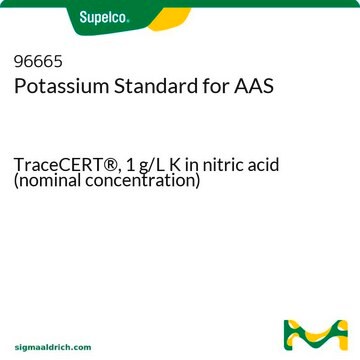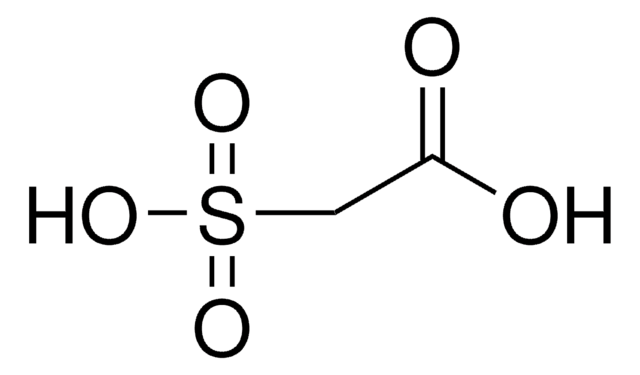C9392
(±)-Coniine
≥98%, liquid
Synonym(s):
2-Propylpiperidine
About This Item
Recommended Products
assay
≥98%
form
liquid
color
, clear colorless to yellow-green
density
0.85 g/mL at 25 °C (lit.)
storage temp.
2-8°C
SMILES string
CCCC1CCCCN1
InChI
1S/C8H17N/c1-2-5-8-6-3-4-7-9-8/h8-9H,2-7H2,1H3
InChI key
NDNUANOUGZGEPO-UHFFFAOYSA-N
Application
Other Notes
signalword
Danger
Hazard Classifications
Acute Tox. 3 Dermal - Acute Tox. 3 Inhalation - Acute Tox. 3 Oral - Carc. 2 - Flam. Liq. 3
Storage Class
3 - Flammable liquids
wgk_germany
WGK 3
flash_point_f
119.3 °F - closed cup
flash_point_c
48.5 °C - closed cup
ppe
Eyeshields, Faceshields, Gloves, type ABEK (EN14387) respirator filter
Choose from one of the most recent versions:
Already Own This Product?
Find documentation for the products that you have recently purchased in the Document Library.
Our team of scientists has experience in all areas of research including Life Science, Material Science, Chemical Synthesis, Chromatography, Analytical and many others.
Contact Technical Service










